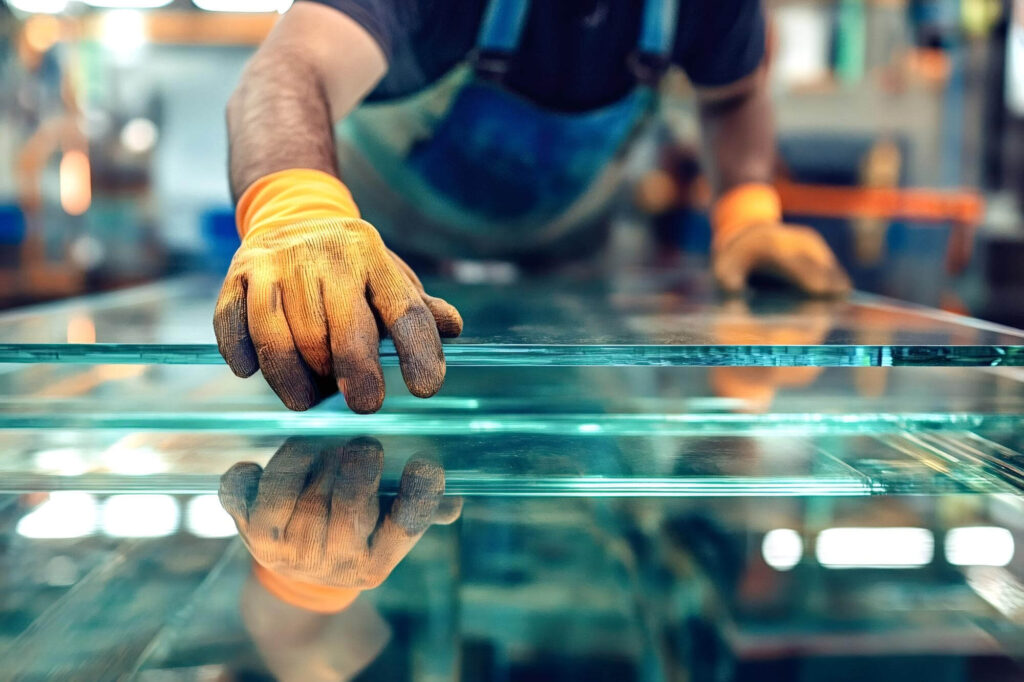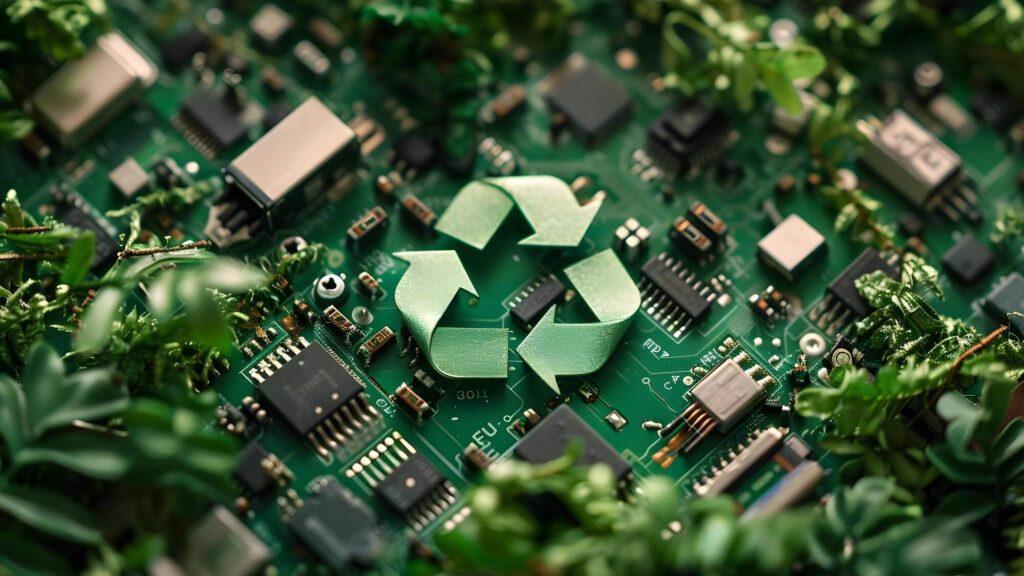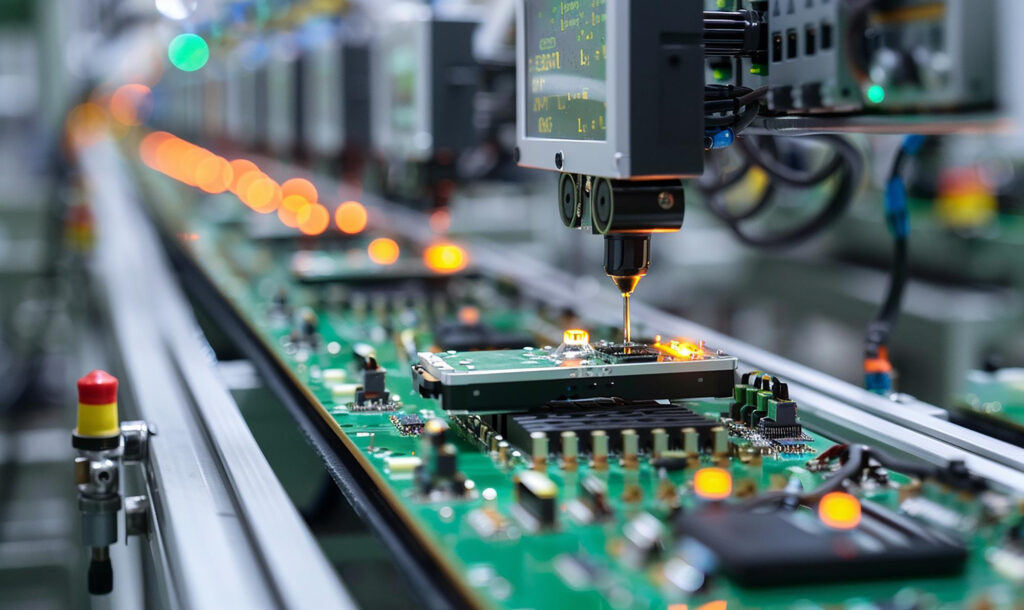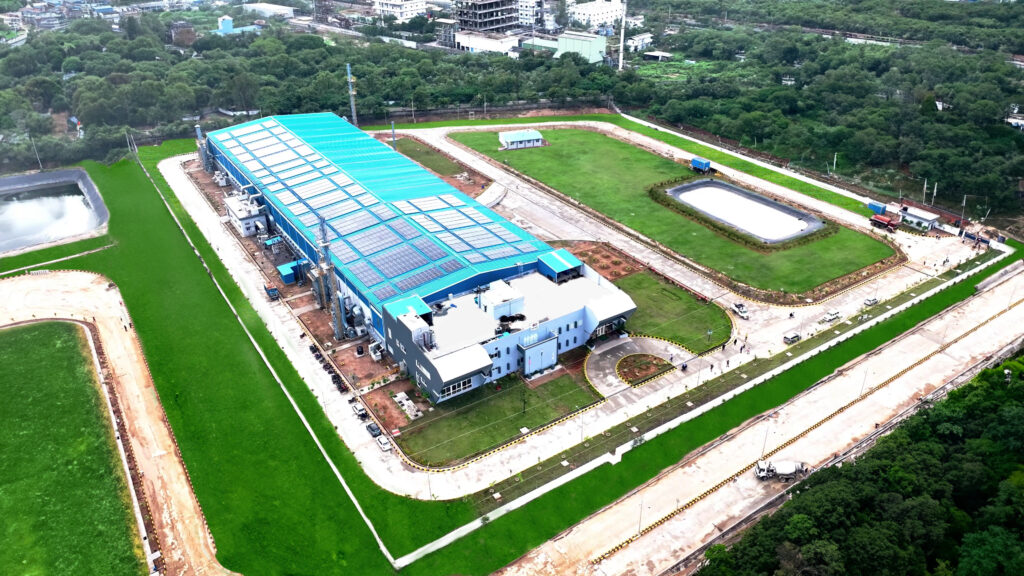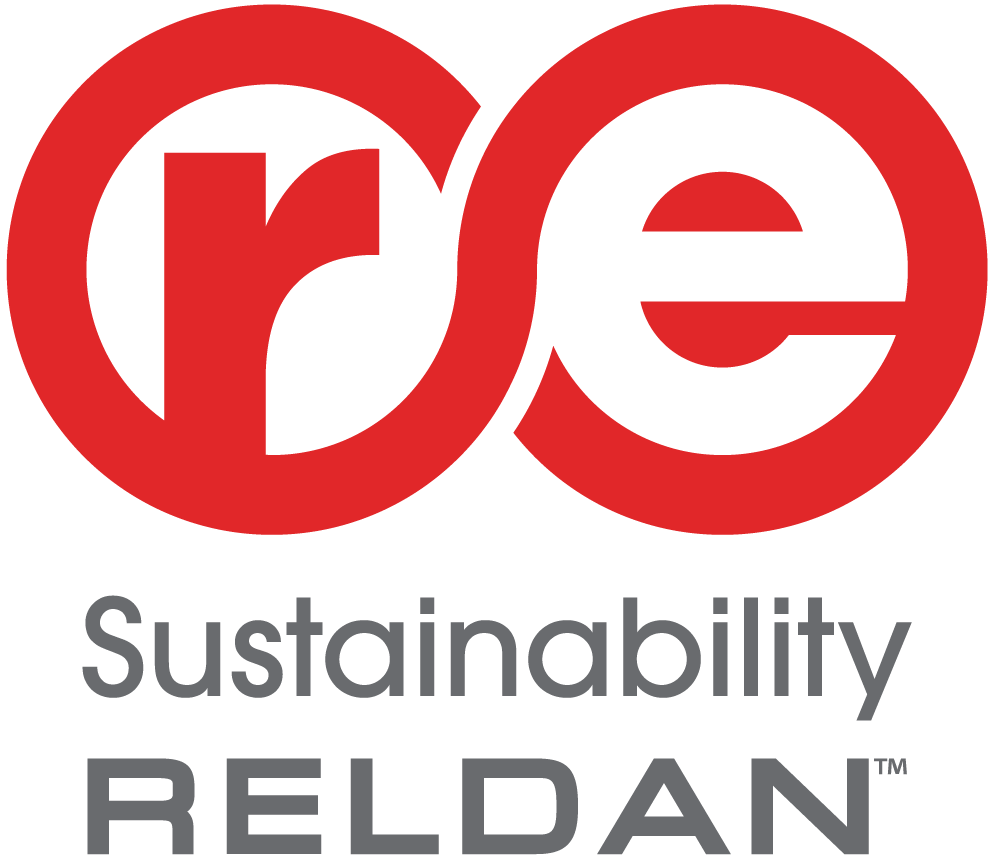The Hidden Gold in E-Waste:
How Today’s Trash is Powering Tomorrow’s
Technology
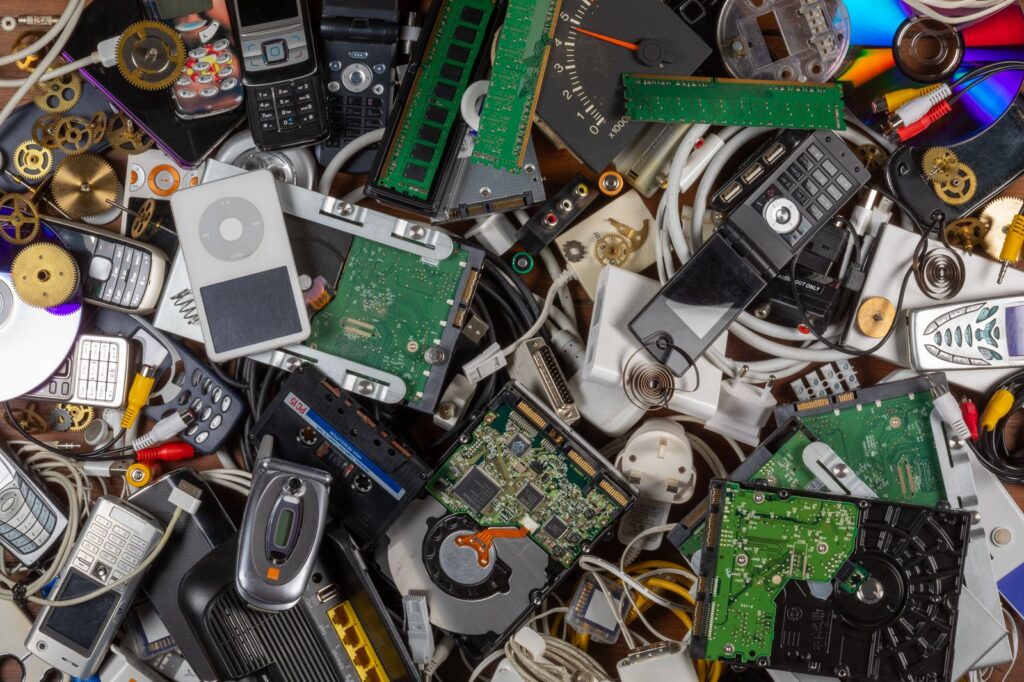
Let’s be honest—how many old phones, tangled cables, or forgotten chargers are hiding in your home right now? Maybe there’s a dusty laptop in the corner or a broken printer you’ve promised to “deal with someday.” You’re not alone. This mountain of discarded electronics—commonly called e-waste—is one of the fastest- growing waste streams on the planet. But here’s the twist: e-waste isn’t just junk. It’s a modern-day gold mine… literally.
The Valuable Materials Lurking in Your Old Electronics
E-waste is packed with valuable and often rare materials. We’re talking about precious metals like gold, silver, platinum, and palladium hidden in circuit boards and connectors. Then there are the base metals—copper, aluminum, zinc—that make up wires, motors, and frames. Add to that rare earth elements like neodymium and tantalum, found in magnets and capacitors, and even the plastics and glass from screens and casings, and you’ve got a high-value mix that shouldn’t end up in landfills.
Modern E-Waste Recycling: From Shredding to Bioleaching
E-waste processing and recycling technologies today are redefining what’s possible in resource recovery, transforming discarded electronics into high-value metals and circular opportunities. Instead of crude methods, we now have precise, high-tech solutions that are smarter, cleaner, and way more efficient. It all starts with mechanical pre-processing: devices are dismantled and shredded, and magnets, eddy current separators, and density
sorters pull out plastics, metals, and circuit boards with surprising accuracy. Once sorted, advanced techniques like hydrometallurgy use chemical solutions to leach out metals like gold, silver, and copper. Pyrometallurgy uses high temperatures to smelt and separate materials where needed. And in the most cutting-edge labs, researchers are using microbes to bioleach metals—a future-forward method that could revolutionize recovery.
So why does all this matter? Because recovering valuable resources from e-waste is far less harmful to the planet than mining them from the earth. One tonne of e-waste can yield more gold than a tonne of ore. At the same time, responsible recycling keeps toxic substances—like lead, mercury, and cadmium—out of our soil and water. By feeding recovered materials back into the production cycle, we move closer to a true circular economy where nothing is wasted and everything gets a second chance.
Why E-Waste Recycling Matters for the Planet and Economy
The benefits don’t stop at the environment. The rise of the e-waste recycling sector is sparking innovation, creating jobs, and encouraging companies to redesign their products with sustainability in mind. But challenges remain. Informal recycling practices, especially in developing countries, can be dangerous and inefficient. Consumer awareness and access to proper collection systems still lag. Recovering rare earth elements remains complex and expensive.
Still, momentum is building. New policies are pushing for extended producer responsibility. Companies are embracing closed-loop manufacturing. Facilities like
those at ReReldan are showing how high-tech recycling can be both economically viable and environmentally essential.
Challenges in E-Waste Recovery (and How We’re Tackling Them)
As for what you can do—don’t hoard. Recycle or donate electronics as soon as you’re done with them. Avoid tossing devices in the trash and instead use certified e-waste collection programs. Choose brands that prioritize sustainable design and materials. Stay informed because the world of e-waste management is evolving rapidly, and every consumer plays a role in that shift.
Your broken tablet isn’t just clutter—it’s potential. That old PC could help build a new smartphone. That worn-out charger? It might live again as part of an EV battery. The e-waste revolution isn’t just about cleaning up—it’s about rethinking what “waste” really means. At ReReldan, we believe in turning end-of-life electronics into a beginning-of-sustainability story. Want to see how we’re doing it? Dive into the world of responsible recycling and resource recovery at ReReldan.com. Let’s close the loop—one device at a time.
Categories
Recent Posts

